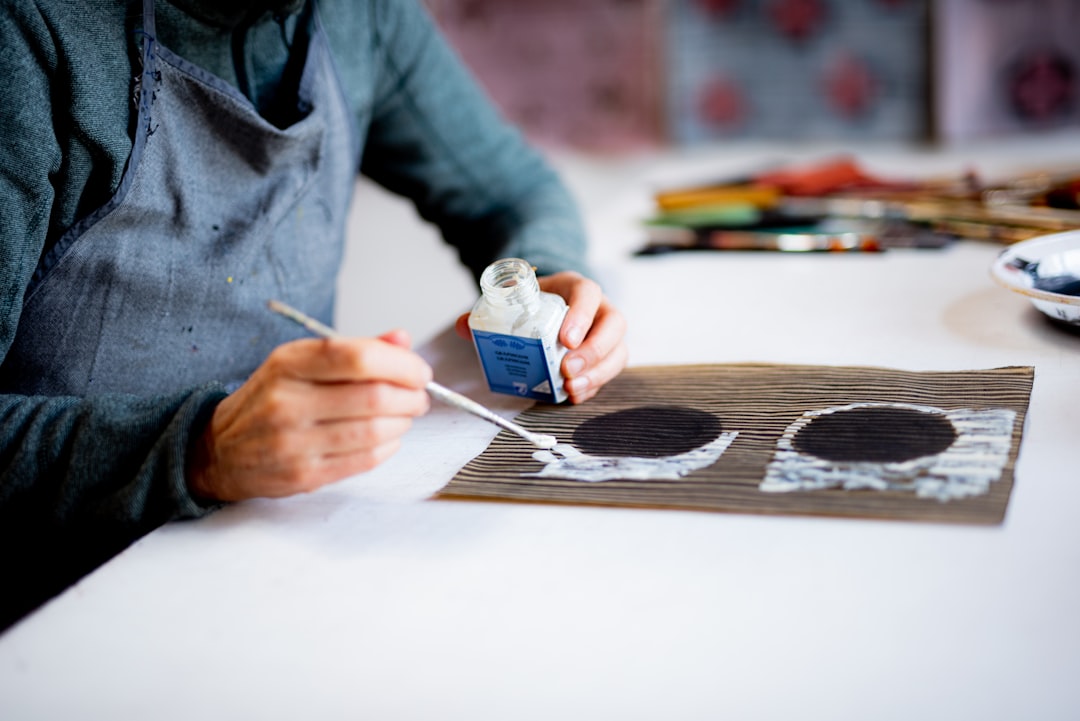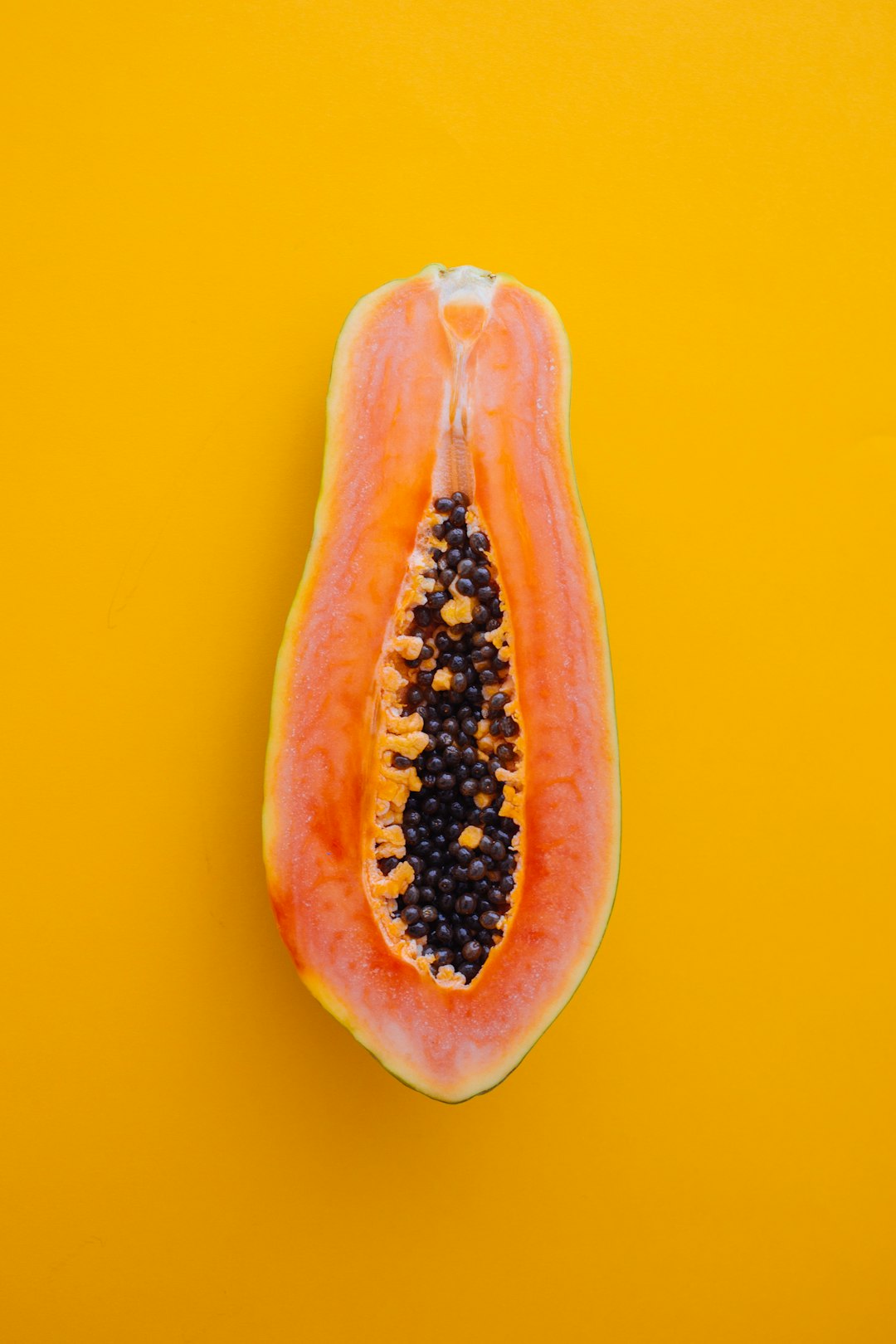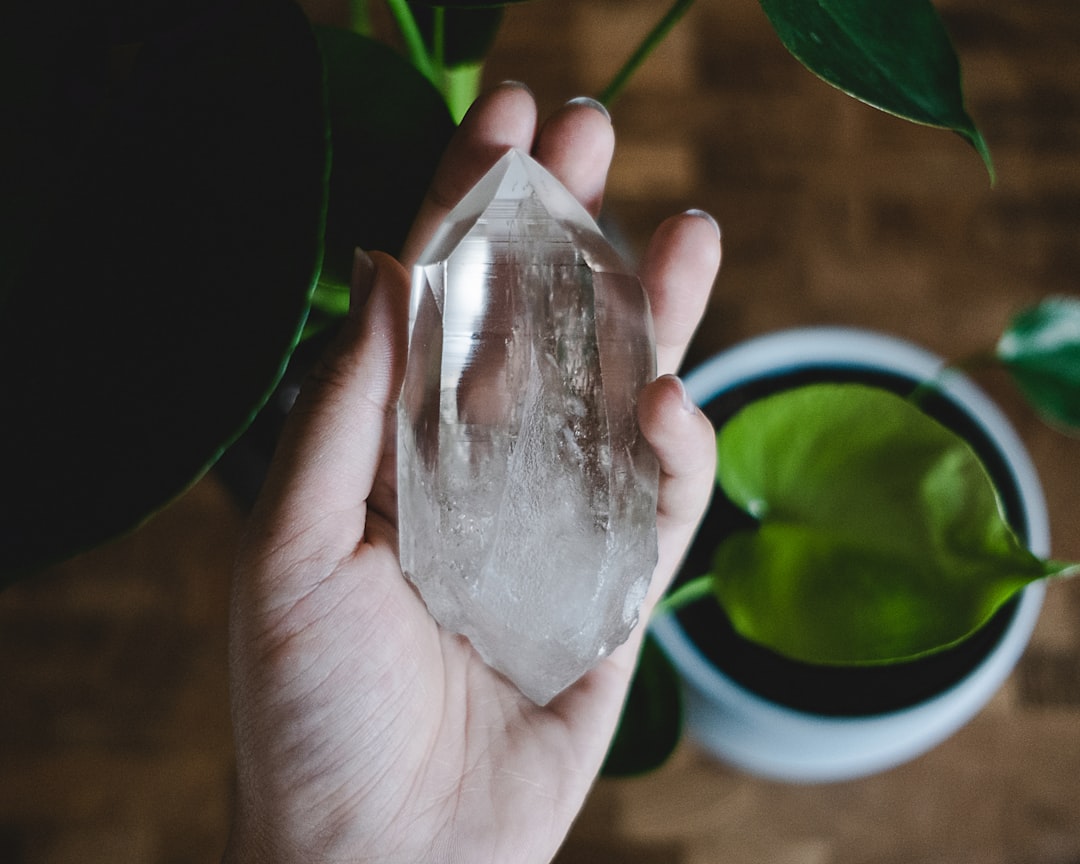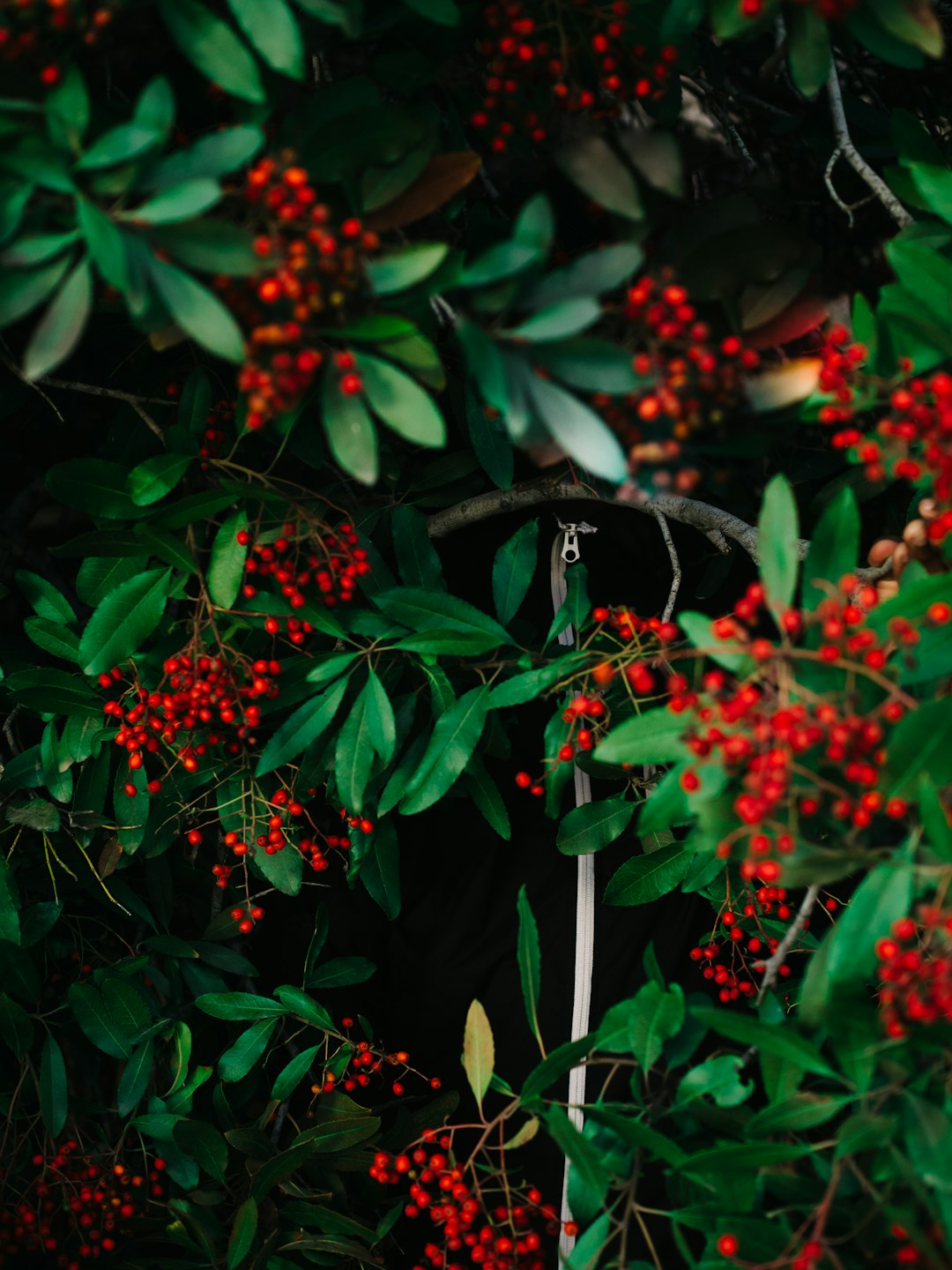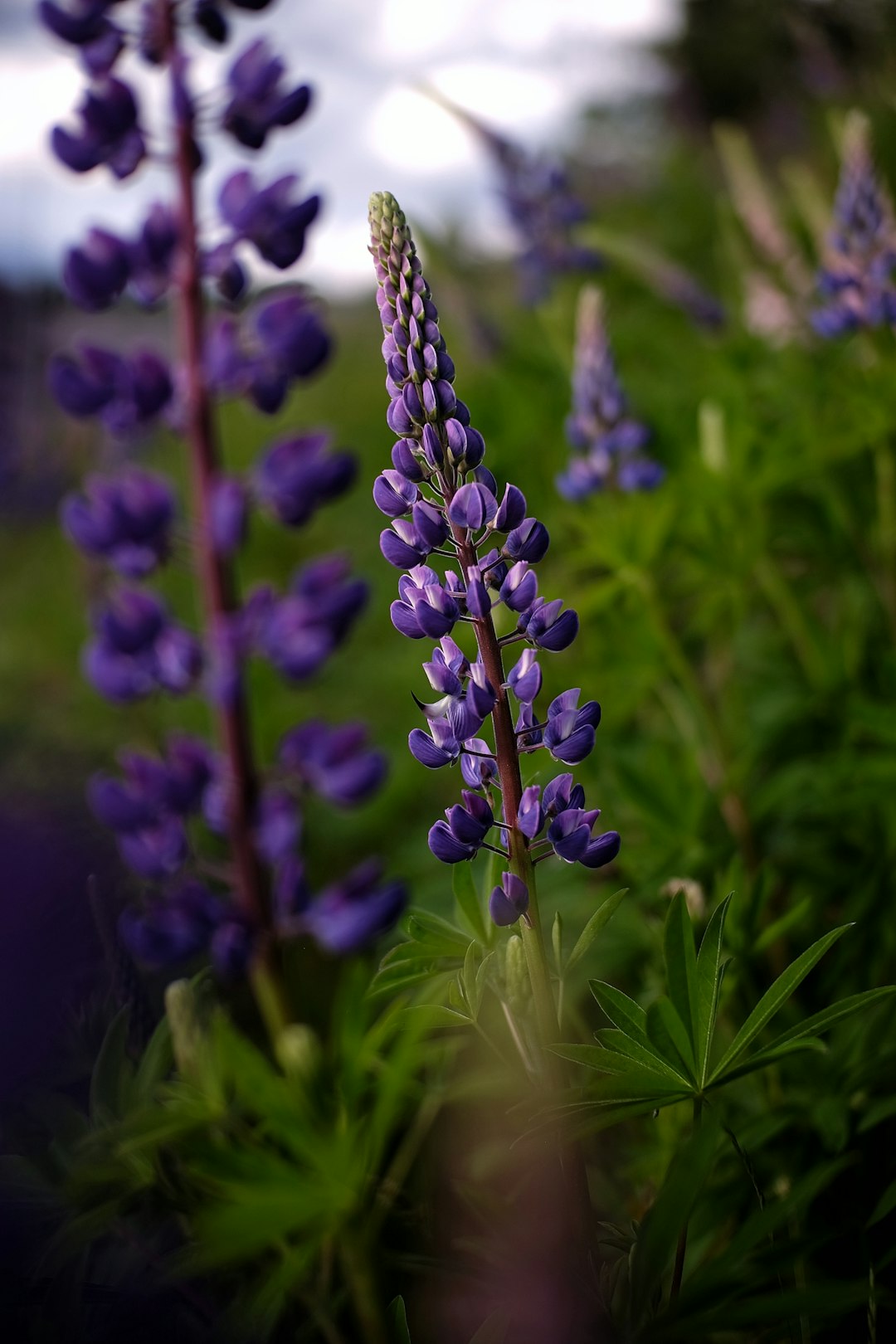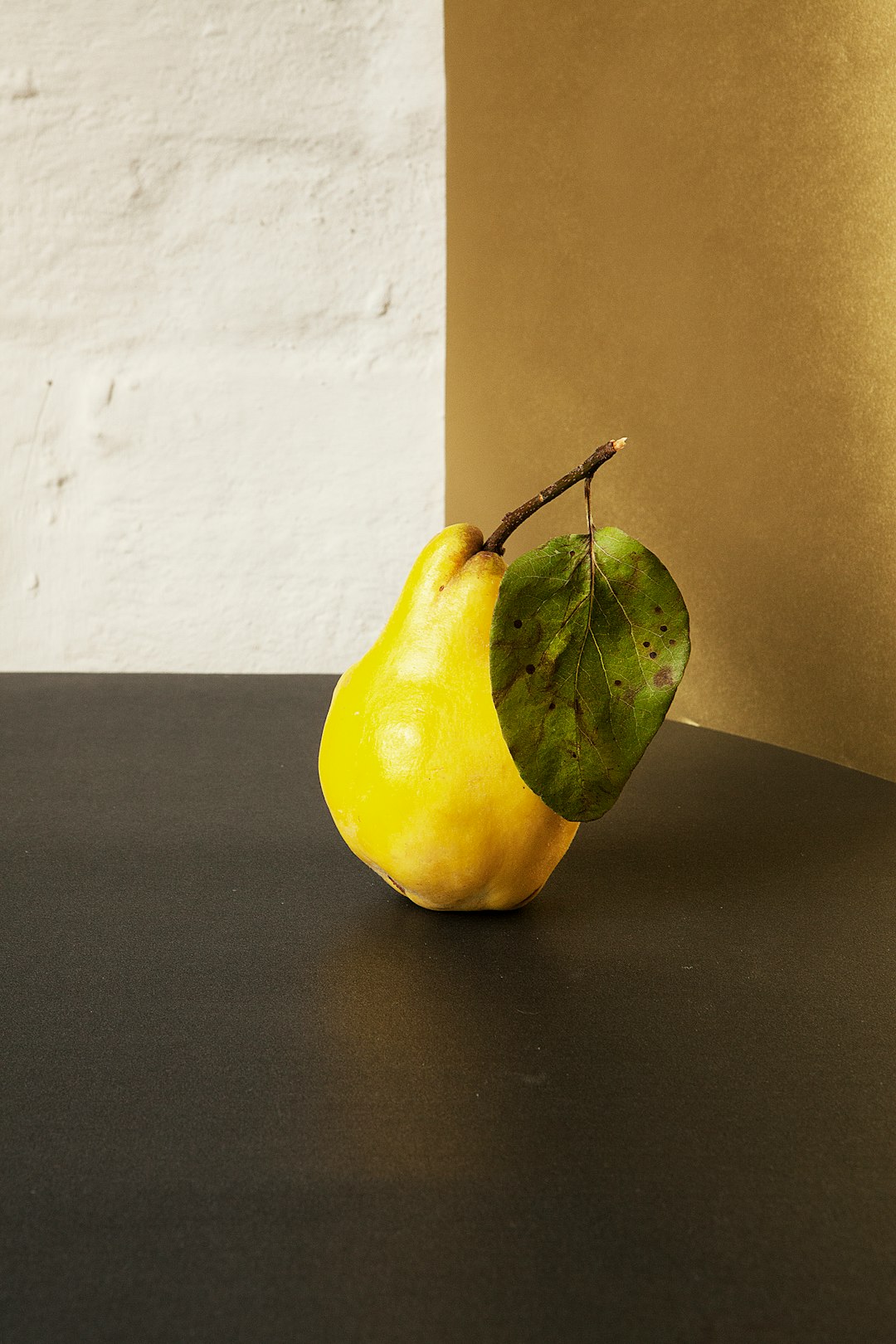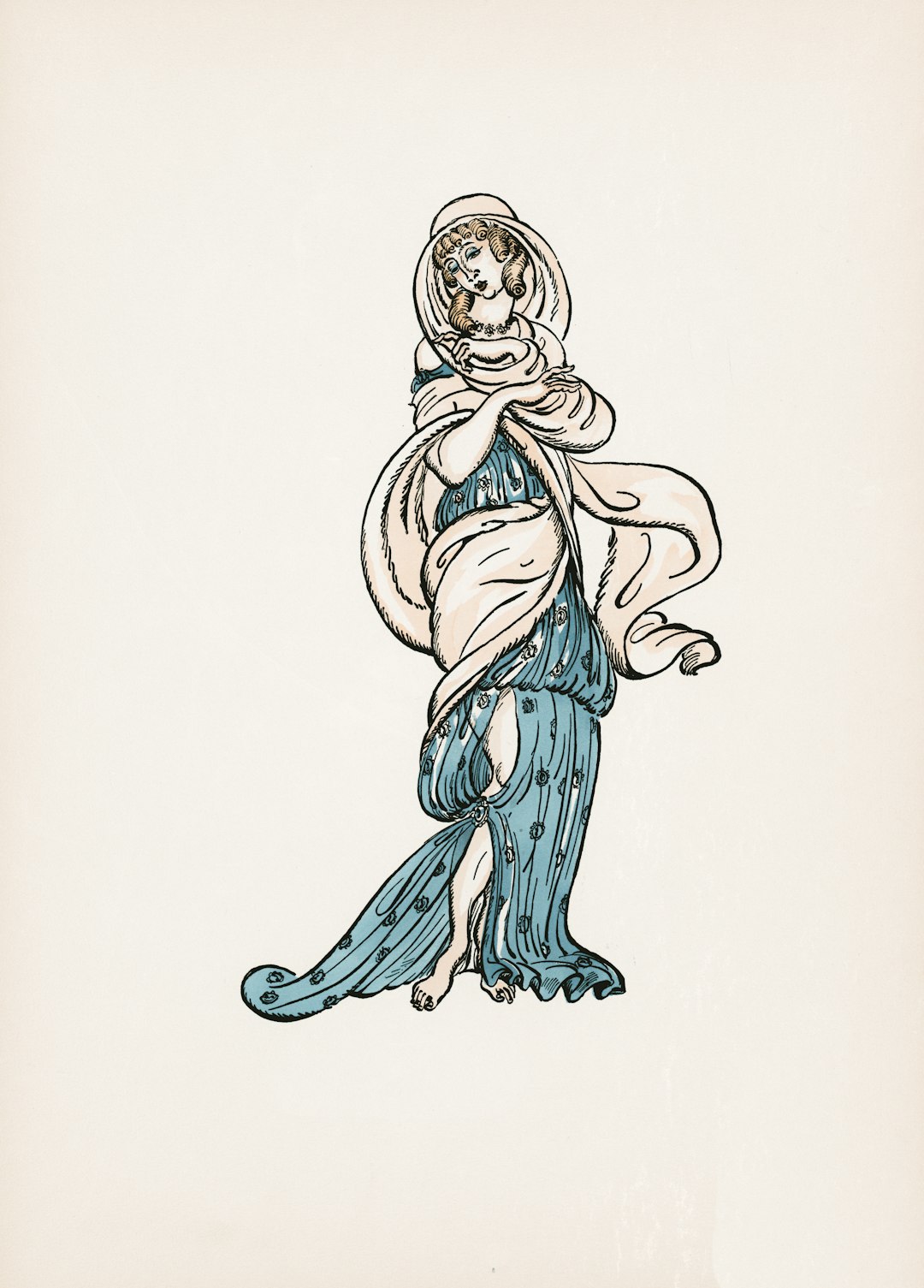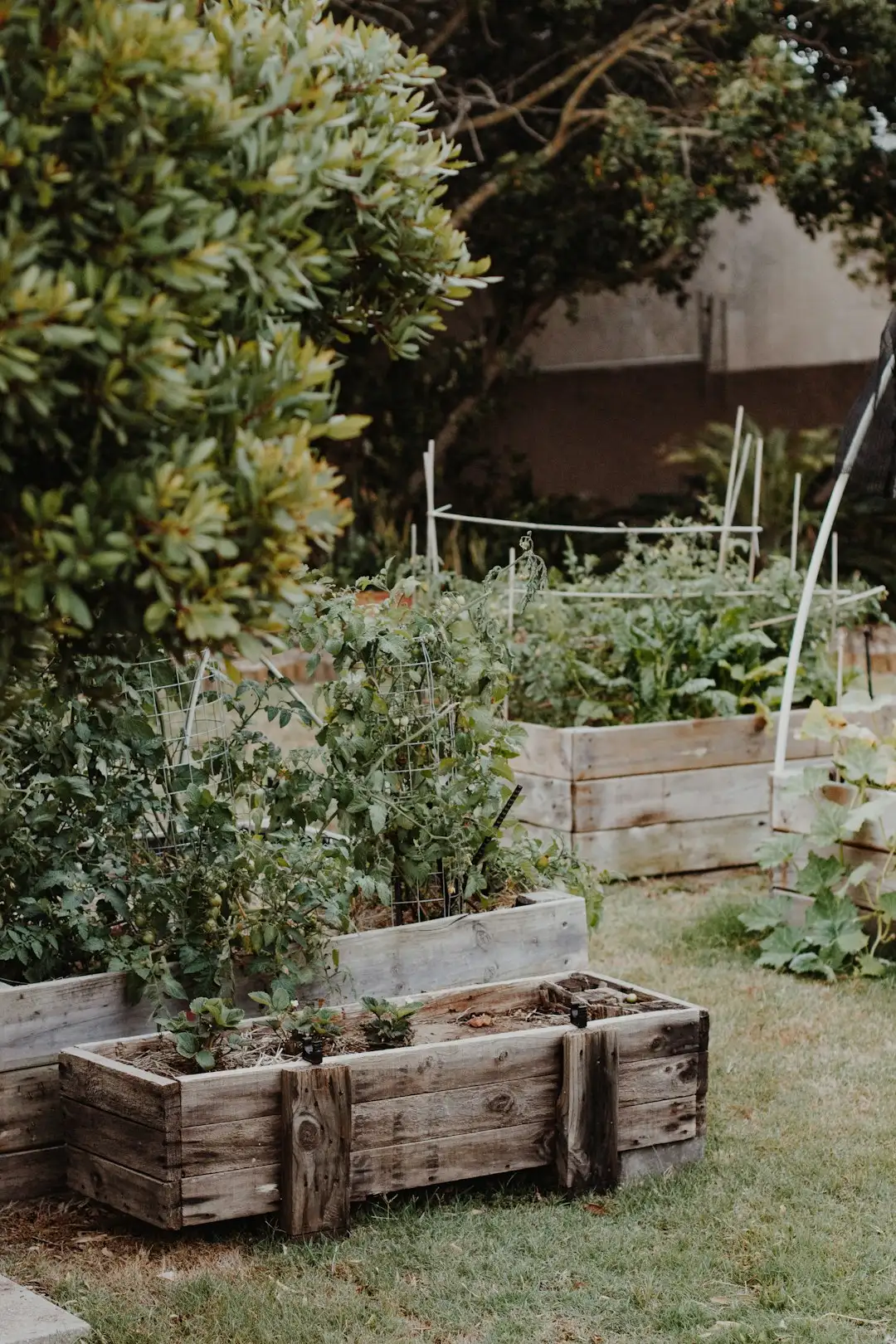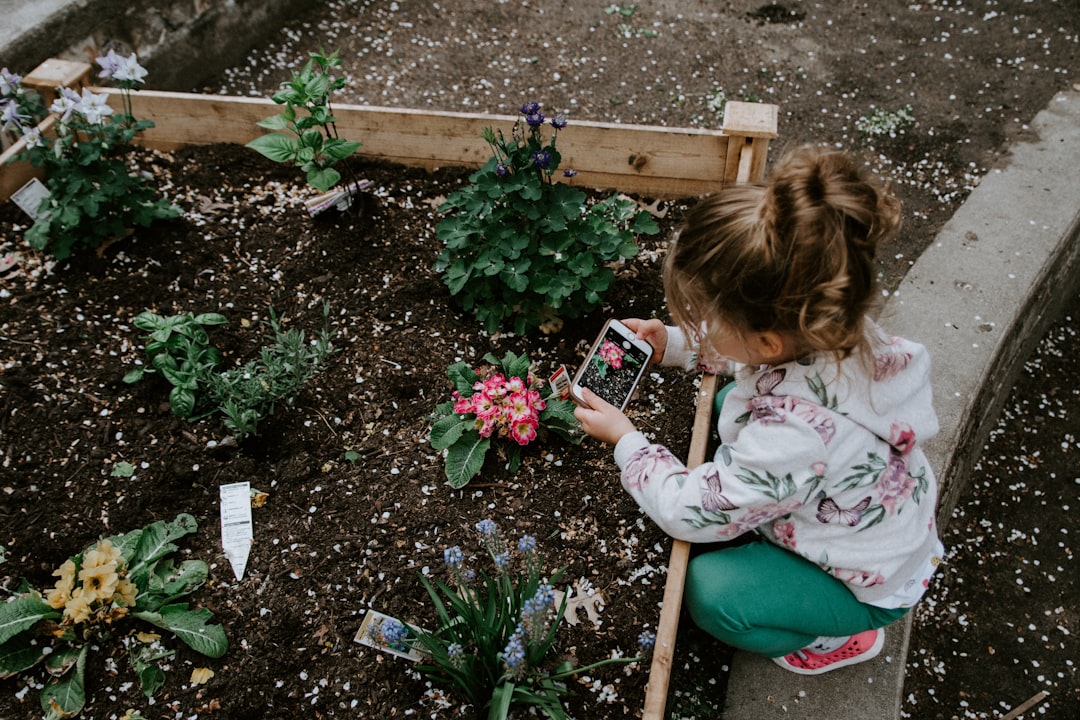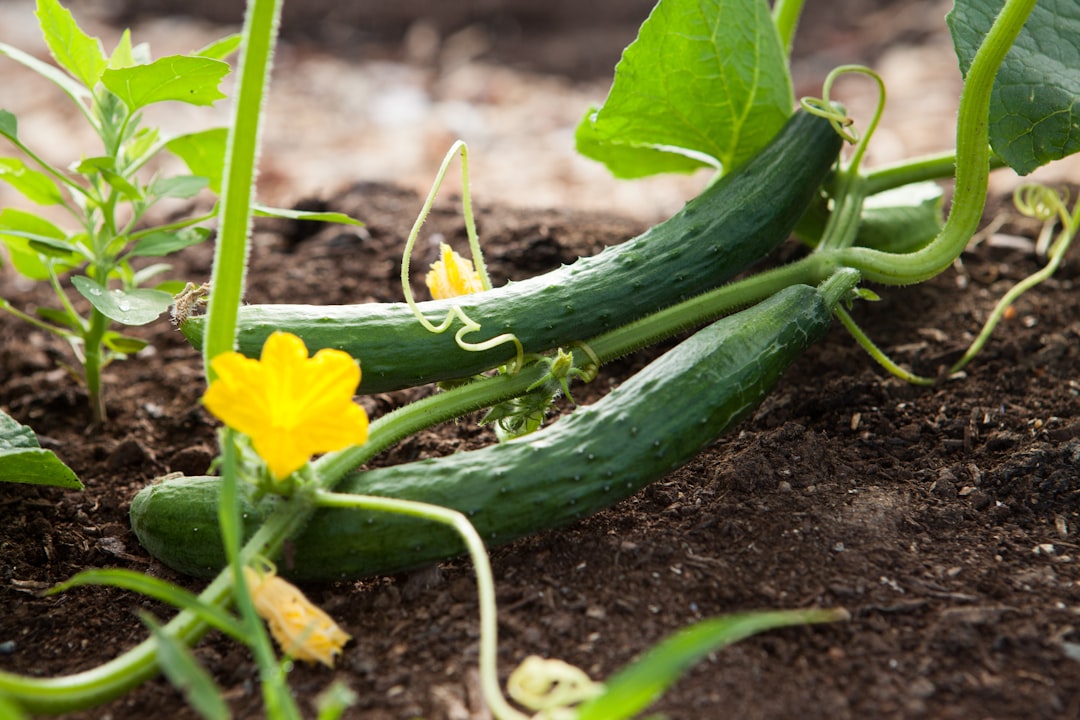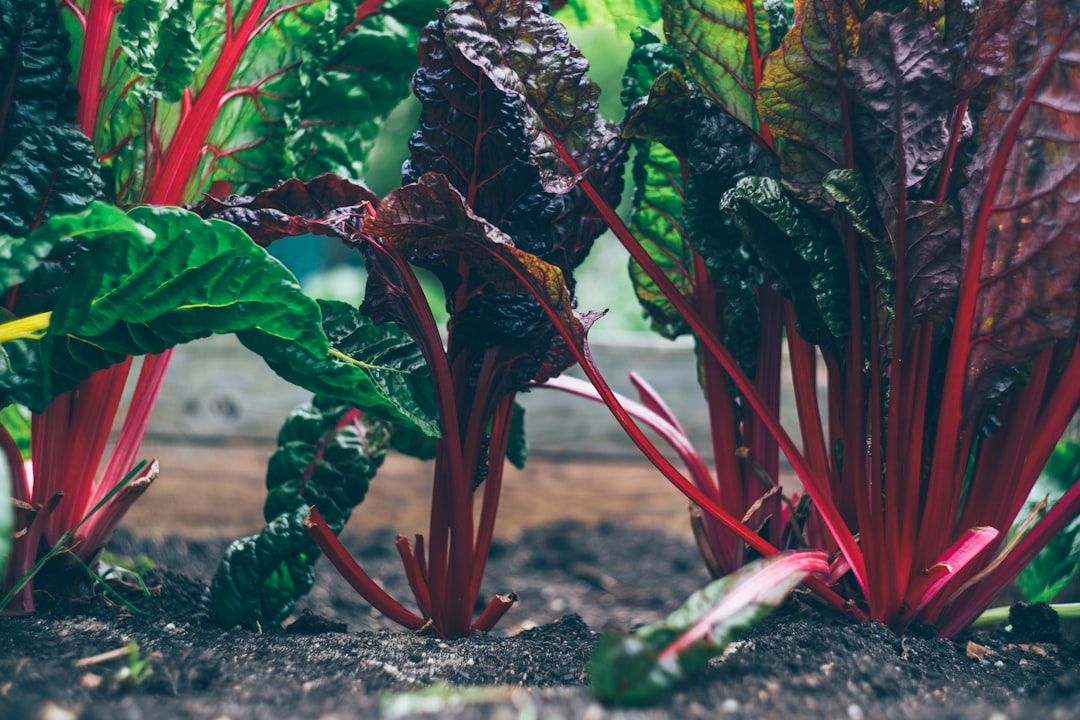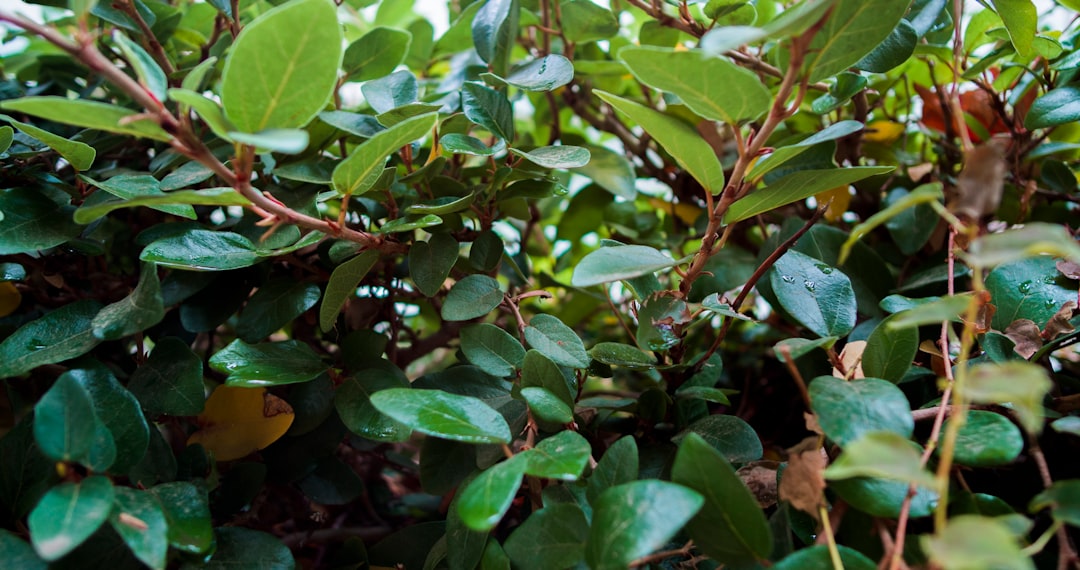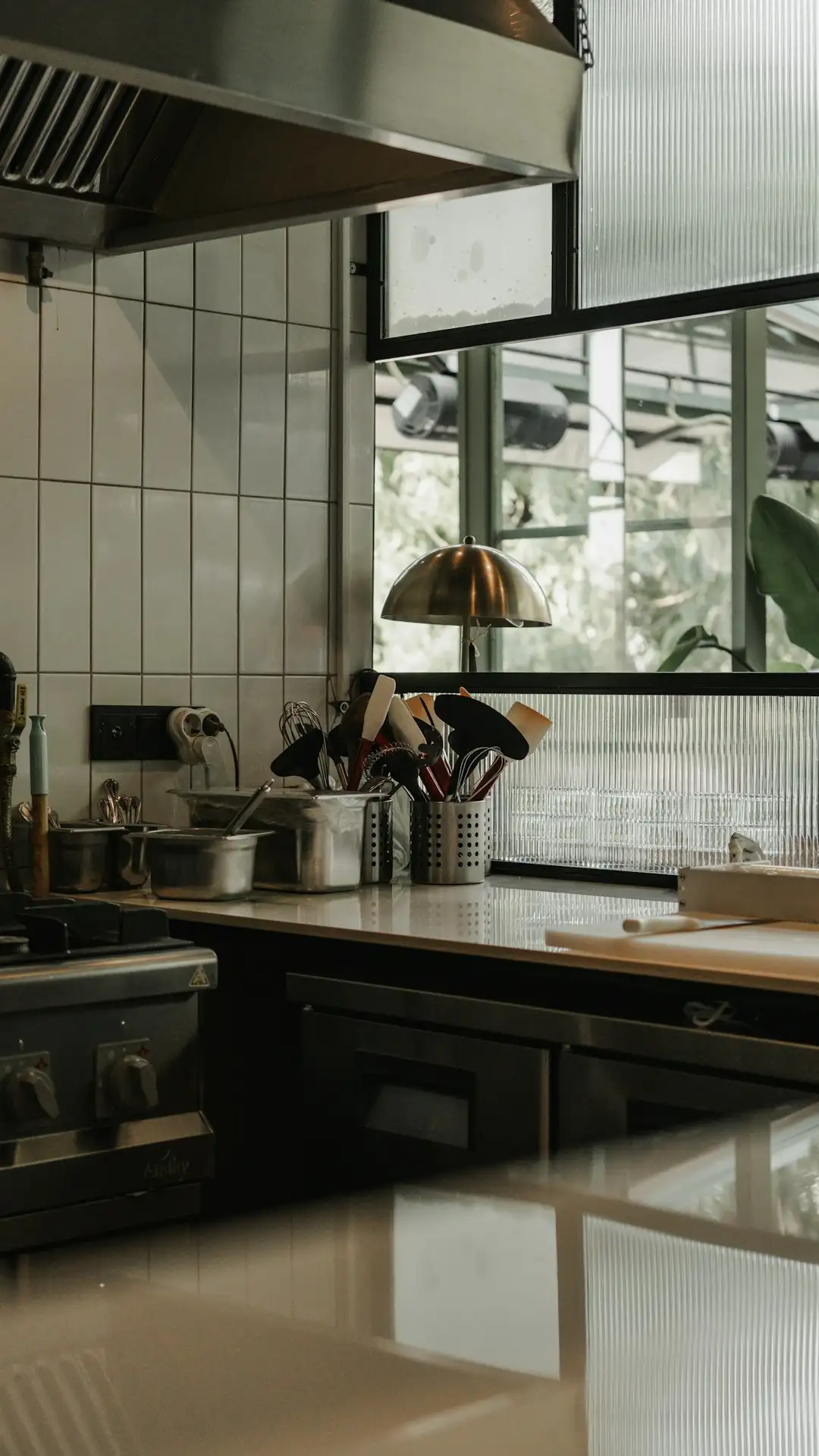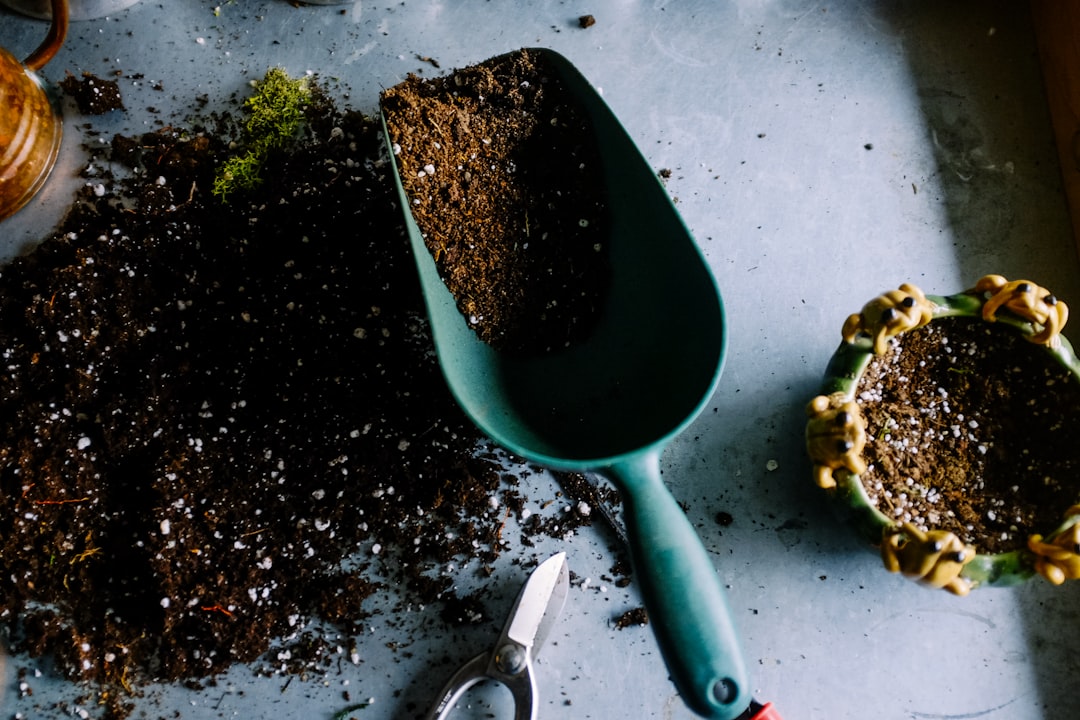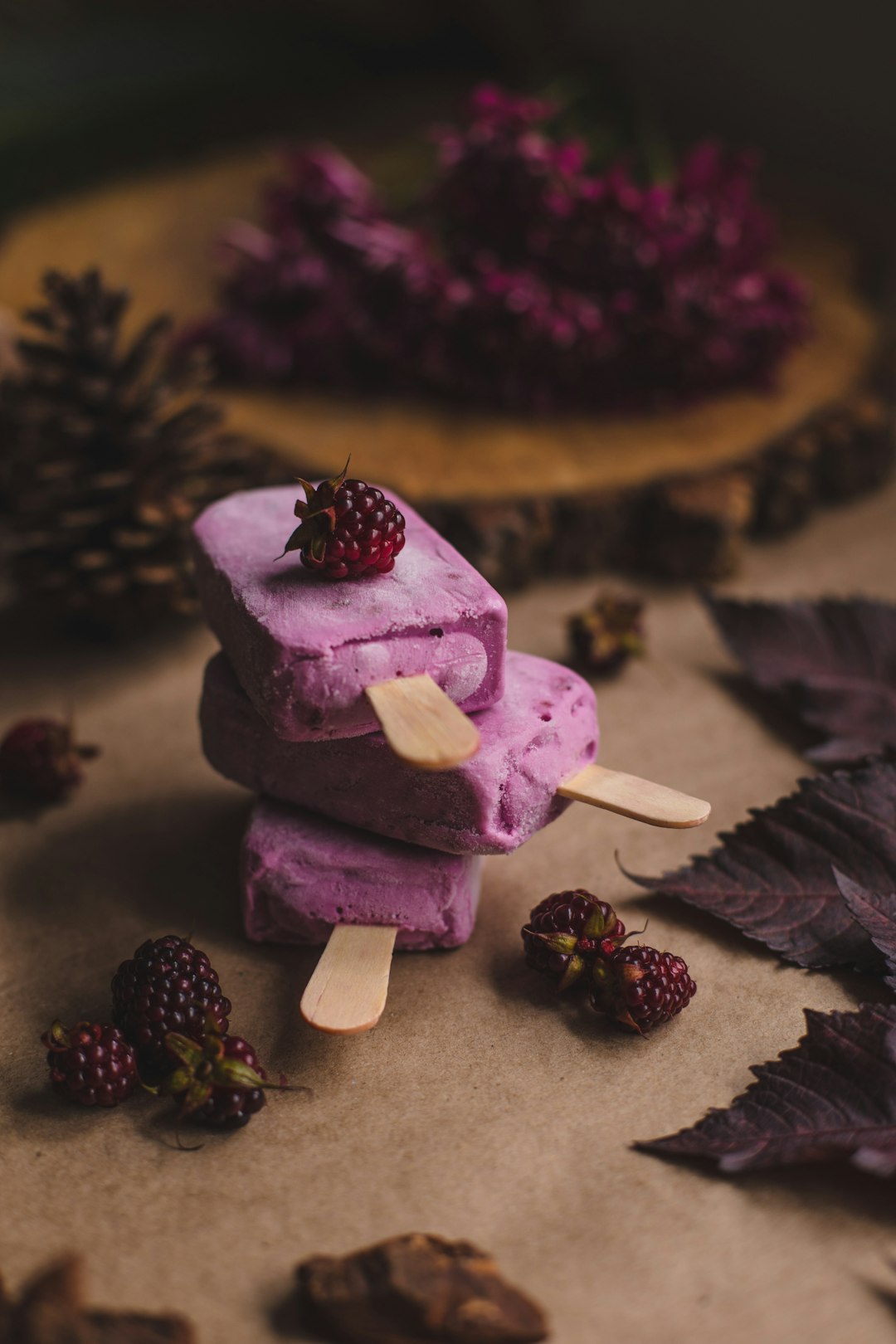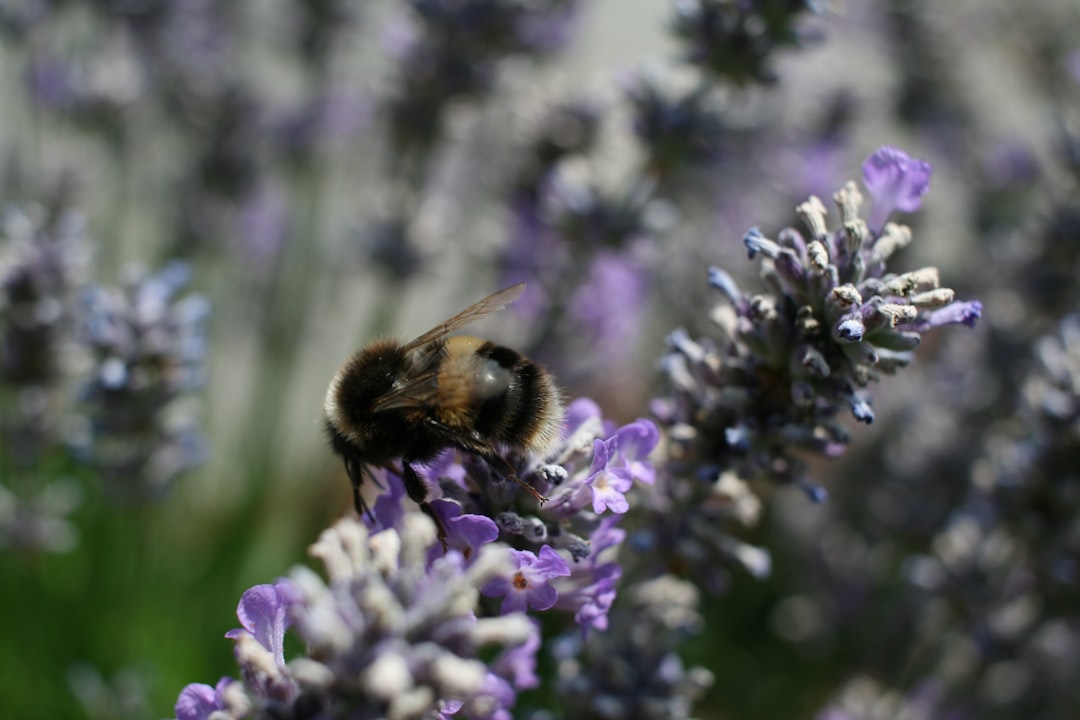
Houseplants have long been a beloved addition to homes, bringing a touch of nature indoors and enhancing the aesthetic appeal of living spaces. They can purify the air, reduce stress, and add a splash of color to any room. However, many of our favorite houseplants come with a hidden danger: they are toxic if ingested. This is a crucial aspect that every plant enthusiast, especially those with small children and pets, needs to be aware of.
One of the most common toxic houseplants is the Dieffenbachia, also known as dumb cane. This plant contains calcium oxalate crystals, which can cause severe irritation and swelling of the mouth, tongue, and throat if chewed or swallowed. Symptoms may include intense pain, difficulty speaking, and excessive drooling. In severe cases, it can even lead to breathing difficulties. Another well - known toxic plant is the Philodendron. Similar to the Dieffenbachia, it contains calcium oxalate crystals that can cause oral irritation, swelling, and pain. The leaves and stems of the Philodendron are particularly dangerous, and even a small nibble can result in discomfort for hours.
The Peace Lily is another popular choice for indoor gardening, but it too is toxic. Its leaves and flowers contain insoluble calcium oxalate crystals, which can cause oral irritation, excessive drooling, vomiting, and difficulty swallowing. The Poinsettia, often associated with the holiday season, is also on the list of toxic houseplants. While it was once thought to be extremely poisonous, recent research has shown that it is less toxic than previously believed. However, ingestion can still cause mild to moderate irritation of the mouth, lips, and tongue, as well as vomiting and diarrhea.
For those with cats, the Lily family is especially dangerous. All parts of the lily, including the petals, leaves, and pollen, are highly toxic to cats. Ingestion can lead to kidney failure, which can be fatal if not treated immediately. Symptoms may include vomiting, lethargy, and loss of appetite. Even a small amount of lily pollen on a cat's fur that is then licked off can be enough to cause serious harm.
So, what can you do to keep your family and pets safe while still enjoying the beauty of houseplants? First, do your research before bringing a new plant into your home. Look up the toxicity level of the plant and make sure it is safe for your household. If you have small children or pets, consider choosing non - toxic alternatives such as the Spider Plant, Areca Palm, or Boston Fern. These plants are not only safe but also easy to care for.
When you have toxic plants in your home, place them out of reach of children and pets. You can use high shelves, hanging baskets, or plant stands to keep them away from curious hands and paws. It's also a good idea to educate your children about the dangers of eating plants. Teach them to never put plants in their mouths and to always ask an adult before touching or handling a plant.
If you suspect that your child or pet has ingested a toxic plant, it's important to act quickly. Contact your local poison control center or veterinarian immediately. Provide them with as much information as possible about the plant, including its name, appearance, and the amount that was ingested. They will be able to provide you with the appropriate advice and treatment.
In conclusion, while houseplants can bring many benefits to our homes, we must be vigilant about the potential risks they pose. By being informed about the toxicity of different plants and taking the necessary precautions, we can create a safe and beautiful indoor environment for everyone to enjoy. Whether you're a seasoned gardener or just starting out with houseplants, always remember that safety should be your top priority.
New






